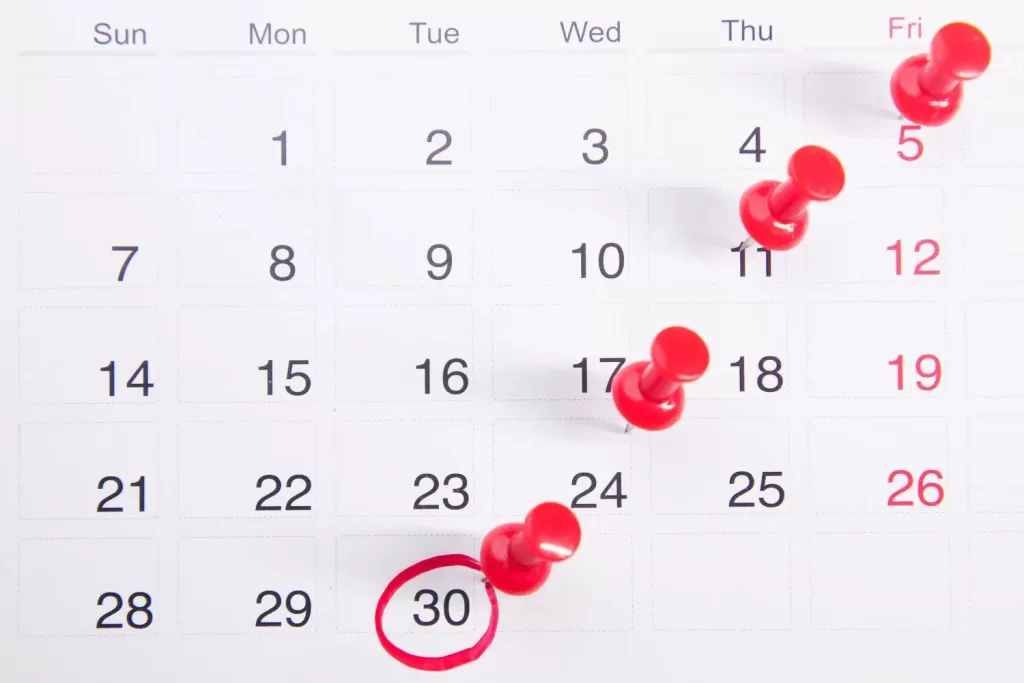How Much Should I Put in My Roth IRA Per Month?
Depending on your age, you should aim to save anywhere from 15% to 25% of your gross income in some sort of tax-advantaged retirement account. Roth IRAs are a good choice, but should only be used after you take advantage of any matching contributions through an employer-sponsored plan.
So, you’ve heard about Roth IRAs and decided that you’d like to utilize one of these accounts to provide a tax-advantaged boost to your retirement saving.
Now, how much to save?
The easy answer is “as much as you can”, but depending on your situation you may be hoping for a more nuanced response.
The truth is if you aren’t able to save up to the maximum each year ($6,000 for most, $7,000 if you’re 50 or older), it helps to be very strategic about how you balance your use of these accounts with other goals.
The Roth IRA in Its Proper Order
To begin, there’s a decent chance the Roth IRA isn’t actually the best option for you from a monetary standpoint.
Roth IRAs provide excellent tax-saving benefits, but these benefits pale in comparison to any contribution matching offered through an employer-sponsored retirement plan.
The reason?
Your employer’s contribution is completely, 100%, totally free money, whereas the money saved on taxes was always yours, you just get to keep more of it than you would have otherwise.
Think of it this way. If I offered to put $100 in your wallet if you agreed to commit $100 of your own first or rebate a percentage of that same $100 you had paid in income taxes, which one would you take?
You’d be a fool not to take the $100 in lieu of the tax rebate because there’s no way you’re going to be taxed at 100% or higher for that $100.
Even if your employer only matches a portion of your contribution through profit sharing or some sort of tiered vesting plan, you’re still probably better off taking the match.
After all, any employer match is free money while the money you put into an IRA has the same tax advantages as an IRA of the same type.
You’re no worse off in your employer plan from a tax standpoint.
How Much to the Roth?
There are many opinions about how much you should save for retirement.
Typically, you’ll find many recommendations fall in the range of 15% to 25% of your income.
Lisa and I have always contributed at least 15% which has turned out to be plenty for us, but we started saving for retirement in our mid-20s.
If you’re in your 30s and getting started on saving for retirement, I’d aim for 20%.
If you’re in your 40s aim even higher. Shoot for 25%.
If you’re 50 or above and are just beginning to save, you need to save as much as you can and possibly plan on working longer than most or living an inexpensive retirement.
Begin by saving what you must in order to receive the employer match we discussed earlier.
Once you have that, contribute to the Roth IRA until you’ve reached your saving goal.
If you max out the Roth IRA before you reach your goal, go back to your employer plan and contribute to it until you’re hitting your 15%, 20%, or 25% goal.
The good news is you can probably use a Roth 401(k) if you like the Roth option over Traditional tax-deferred savings.
We cover this prioritization in the Next Dollar Roadmap on Milestone #2.
We also have another post titled “Which Retirement Plan is Best for Me? Ranking the Options” which you might find helpful.
On A Monthly Basis
In case you really don’t want to bother with doing the math, here’s a brief table showing how much you need to save each month in a Roth IRA in order to hit an annual savings goal.
Annual Target | Amount to Save Monthly |
$7,000 | $583.33 |
$6,000 | $500.00 |
$5,000 | $416.67 |
$4,000 | $333.33 |
$3,000 | $250.00 |
$2,000 | $166.67 |
$1,000 | $83.33 |
While we’re talking about saving in a Roth IRA on a monthly basis, let me encourage you to automate this process if possible.
Odds are your IRA custodian will be able to offer automatic drafting from your checking or savings account in order to keep your funding plan on track.
In fact, studies show you’re more likely to save if you automate the process. Why not do everything you can to stack the odds in your favor?
Side Note
This is the 100th post on MartinMoney.com. Thank you so much for reading it. It has been quite a journey getting here and we’re grateful you’ve had a part in it.







